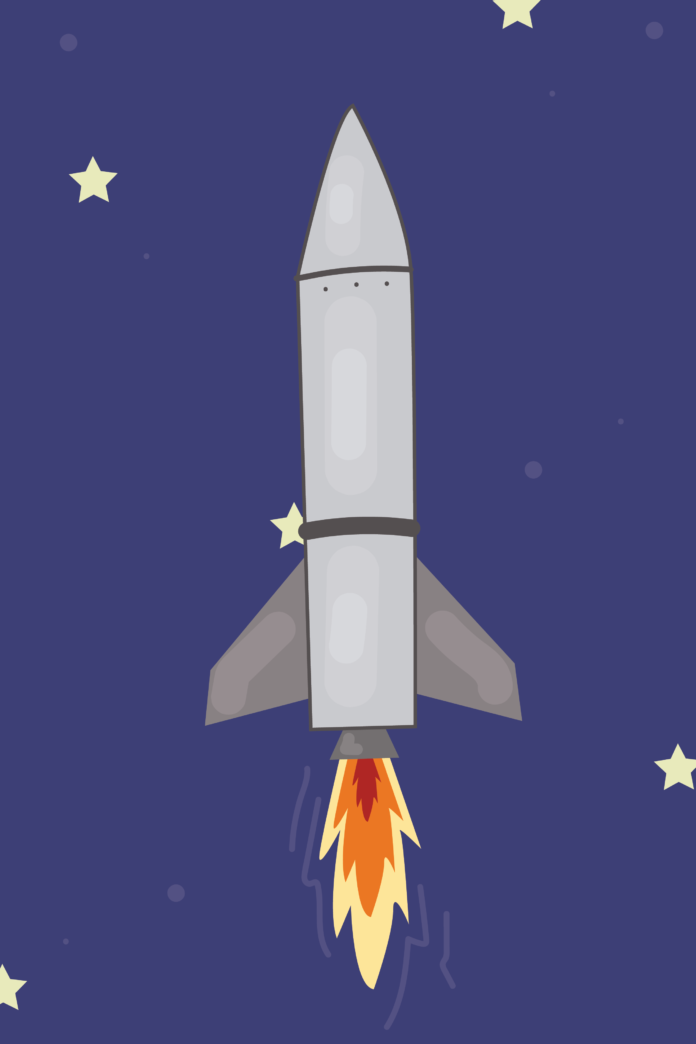NASA’s newest moon rocket signals the beginning of a new, exciting era of scientific discovery
By EMILIE BROWN — emrbrown@ucdavis.edu
It’s 1:46 a.m. on the Florida coast, where hundreds of scientists and engineers sit anxiously checking displays. Three-and-a-half miles away, the most powerful rocket humanity has ever built is sitting on a launch pad, booting up systems and completing final tests. The terminal countdown begins, and 30 seconds later, a 332-foot tall, 20,000-pound rocket pushes off with 8.8 million pounds of thrust, shaking the ground and lighting up the night sky as people around the globe watch in awe. The control room explodes with joy as the rocket they have been working on for years finally soars into the sky, paving the way for humanity’s next greatest achievements.
After months of canceled launches due to leaks, technical issues and multiple hurricanes, the Artemis 1 Space Launch System successfully launched Wednesday, Nov. 16 at 1:47 a.m. EST.
This launch marks the beginning of the Artemis Program, which, among other goals, intends to land the first woman and the first person of color on the lunar surface by 2025. When the original Apollo missions launched in the 1970s, aerospace, physics, mathematics and engineering were dominated by white men. Today, many more women and people of color are coming into scientific research and development, as well as taking on leadership roles in those fields. The Artemis Program is an opportunity to represent both groups’ involvement in space exploration and science overall.
In 1969, when Neil Armstrong first set foot on the moon, millions of families stopped what they were doing to gather around screens and watch. As a result, Apollo inspired millions of kids, and Artemis will carry on Apollo’s legacy. I’m hopeful that with the increased diversity of the Artemis crew, young women and people of color will feel more represented and inspired to enter the scientific field.
The Artemis Program missions are the result of four of the world’s most powerful space agencies united by one common goal. Led by NASA, the European Space Agency, Japan Aerospace Exploration Agency and the Canadian Space Agency all have major roles in the Artemis rockets and systems. The program brings together thousands of scientists and engineers from around the globe, improving relations and opening a path for future scientific collaborations.
The Artemis program will also launch the Gateway Space Station orbiting the moon. In the last 22 years that the International Space Station (ISS) has been in space, it has brought us ways of exploring new states of matter, developing new drugs, helping determine how the universe began, monitoring Earth’s climate conditions, creating water purification systems and assisting cancer research. The research being done on the ISS can not only save lives but help us find new scientific principles we couldn’t have found on Earth. The Gateway Space Station will have the capabilities to conduct research like the ISS but will be able to go even further — its position in a low-gravity environment and its ability to see both the Earth and the sun in one frame make research possibilities onboard endless.
The success of Artemis 1 means more launches to follow and more discoveries to be made. NASA’s end goal for the Artemis program is to develop a sustainable robotic and human presence on the moon. We will gain valuable insight into living in environments other than Earth, which we can use when we visit Mars in future missions.
The moment Artemis 1’s rocket ignited marked the beginning of a new era of space exploration. Over the coming years, as Artemis 2, 3 and 4 launch, the program will inspire new generations, put women and people of color on the moon, strengthen international scientific bonds, bring new scientific discovery and help us expand humanity’s reach beyond Earth to the moon and Mars.
Written by: Emilie Brown — emrbrown@ucdavis.edu
Disclaimer: The views and opinions expressed by individual columnists belong to the columnists alone and do not necessarily indicate the views and opinions held by The California Aggie.




